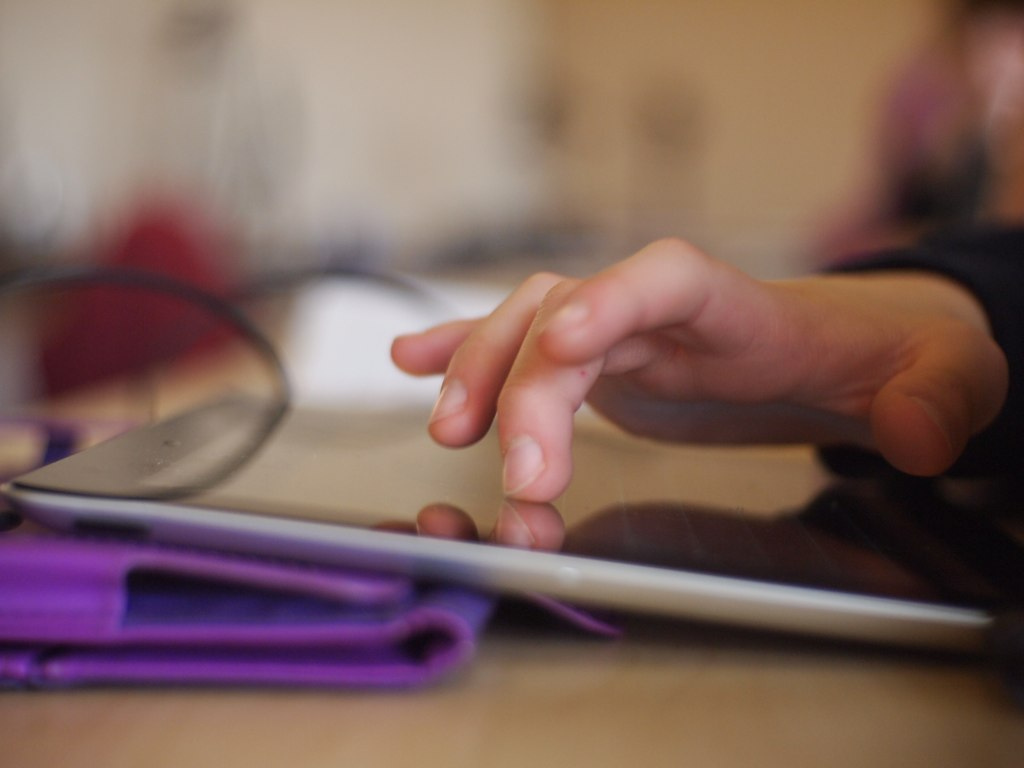By Bob Edwards | Sonoma Valley Sun
Local parents and school administrators were recently shocked to discover that elementary school students, using school-provided iPads, were accessing serious pornography. The kids were only second-graders but seemed to be first-rate when it came to finding stuff on the Internet.
Sonoma students viewed adult content on school-issued iPads
To understand how that could happen requires an understanding of iPads and Chromebooks, which have largely replaced Old School books still occasionally seen in museums. Here’s a quick if somewhat technical summary: With an iPad, talented seven-year-olds can hack Wells Fargo for enough cash to buy round-trip plane tickets to gypsy conventions in Moldova.
iPads are gateways to the web, and it’s not hard to imagine that curious youngsters – fresh to the exciting world of words and reading – might tap out “cat” on the keyboard, or “kiss,” or those funny words that Dad says, just to see what pops up. Envision entire classrooms of curious little fingers excitedly tapping words down the electronic rabbit hole into the Wonderland of Information that lives in The Cloud – with Dorothy, Toto, and more witches than a Mueller investigation.
Needless to say, school officials and parents were aghast when they discovered the physically versatile characters the kids encountered in Wonderland, doing the most unbelievable things. Some of the adults couldn’t believe their eyes, even after repeated viewings. Suffice it to say the youngsters had leapfrogged the introductory “Dick and Jane” reading material and gone straight to the Advanced Placement text, “Dick and Jane: Prom Night!”
To its credit, the District immediately investigated and learned that readily available software capable of blocking exposure to “dangerous” websites had somehow not been installed on the iPads before they were distributed to impressionable young minds.
That oversight was promptly corrected, and the District has offered counseling to any child whose parents suspect might have been adversely impacted by seeing video that, well, can never really be unseen. With computers and cellphones soon to outnumber trees on the planet, Protecting Innocence has become a full-time job for parents and educators alike.
To its further credit, it seems the District recognizes that ever-changing technology, along with social media, present constant challenges to its efforts to make sure students use learning tools responsibly and safely when accessing the web’s immense storehouse of information during the school day. As most parents appreciate, much of that material is educationally enriching, much of it is harmful, and some can probably set a kid back several grade levels.
But acquiring a good education has always been daunting. In ancient times, kids had to ride camels across deserts to the fabled Library at Alexandria, to read scrolls so they could give their weekly class papyrus reports.
Slow forward to 1449 AD and the printing press. Education became more accessible if a parent could afford books, and a teacher to read them. With the Industrial Age (See: Bob Cratchit; Tiny Tim), capitalists needed smarter workers, and public schools – with prudently selected books – finally became commonplace.
By contrast, education in the 21st century can be like drinking from an information fire hose. With a cell phone or iPad, kids can now instantly access the Total Knowledge of Mankind. Alas, that includes information previous generations often discovered first-hand in the back seat of a Chevy.
Or of a camel, parked in the dark, behind the Library at Alexandria.









Be First to Comment